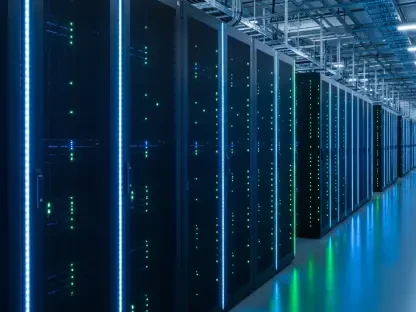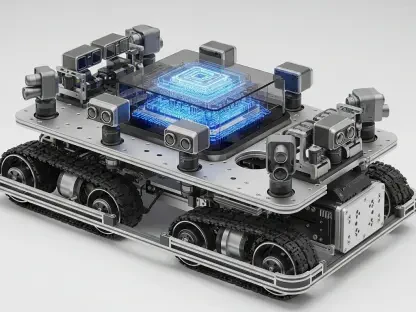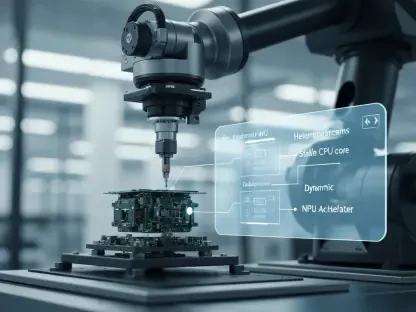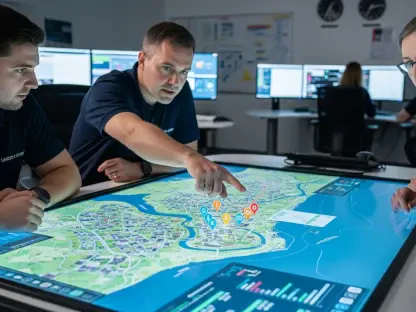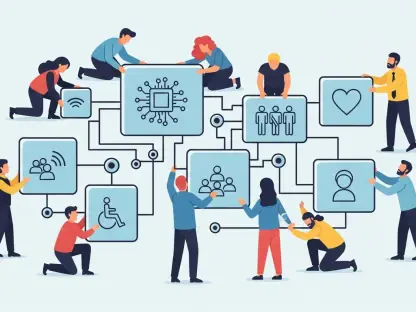Welcome to an exciting conversation with Laurent Giraid, a renowned technologist whose expertise in artificial intelligence is revolutionizing the field of materials science. With a deep focus on machine learning and its applications, Laurent has been at the forefront of innovative research that harnesses AI to develop stronger, more durable plastics. In this interview, we explore how AI is accelerating the discovery of new materials, the surprising properties of certain molecules that enhance polymer strength, and the potential impact of these advancements on reducing plastic waste. Join us as we dive into the intersection of technology and chemistry with a true visionary in the field.
How did you first become interested in using AI to enhance the development of materials like plastics?
My fascination with AI started with its potential to solve complex problems that traditional methods struggle with. In materials science, especially with polymers, the sheer number of possible molecular combinations is staggering. I saw an opportunity to use machine learning to sift through this vast chemical space much faster than manual experiments or even computational simulations could. The idea of developing tougher plastics came from a pressing need to address durability and sustainability—two major issues in the plastics industry. I wanted to leverage AI to not only speed up discovery but also uncover insights that human intuition might overlook.
Can you walk us through the main goal of your research and how it aims to address the global challenge of plastic waste?
The primary goal of our work is to create polymers that are significantly more durable, meaning they can withstand greater stress and last longer in use. By using AI, we’ve been able to identify specific molecules that enhance the tear resistance of plastics. This durability directly ties into reducing plastic waste because if materials last longer, we produce less of them over time, and fewer items end up in landfills. It’s not a complete solution to the waste problem, but it’s a step toward more sustainable materials that don’t need frequent replacement.
What role has machine learning played in accelerating the process of finding the right molecules for stronger plastics?
Machine learning has been a game-changer. Traditionally, evaluating a single molecule for its potential in a polymer could take weeks of lab work or days of intensive computational simulations. With AI, particularly neural networks, we trained models on existing data to predict how thousands of molecules would behave under stress. This cut down the evaluation time dramatically, allowing us to screen vast databases of compounds in a fraction of the time. It’s like finding a needle in a haystack, but with a super-intelligent magnet guiding us straight to it.
Your research focused on a specific type of molecule called ferrocenes. What drew you to these compounds over other options?
Ferrocenes caught our attention because they’re organometallic compounds with unique structural properties—an iron atom sandwiched between two carbon rings. This setup gives them a kind of flexibility and responsiveness to mechanical force that many purely organic compounds lack. While they’ve been used in pharmaceuticals and catalysis, their potential as mechanophores—molecules that react to stress in useful ways—was relatively unexplored. We saw a chance to dive into an underexplored area with a lot of promise for creating resilient materials.
One surprising finding in your study was that weaker links in a polymer can actually make the material stronger. Can you explain how that works?
It’s counterintuitive, but incredibly fascinating. When you incorporate weaker crosslinkers into a polymer network, cracks under stress tend to travel through those weaker bonds rather than the stronger ones. This forces the crack to break more bonds overall, which dissipates more energy and makes the material harder to tear. Think of it like a maze—taking the longer, more winding path slows down the damage. We built on earlier insights in this area and used AI to find molecules that optimize this effect, and it’s opened up a whole new way of thinking about material strength.
You identified specific features in ferrocenes that boost tear resistance. What stood out to you about these characteristics?
Two things really jumped out. First, the interactions between chemical groups attached to the ferrocene rings play a big role in how the molecule responds to force. Second, and more unexpectedly, we found that large, bulky molecules attached to those rings made the ferrocene more likely to break apart under stress, which enhances the polymer’s toughness. That second finding was a surprise—it’s not something we would have predicted without the AI model pointing us to it. It just shows how data-driven approaches can reveal insights beyond conventional wisdom.
In practical tests, one of your polymers incorporating a specific ferrocene performed remarkably well. Can you share more about those results and their implications?
We tested a polymer with a ferrocene variant we call m-TMS-Fc as a crosslinker in a common type of plastic. The results were striking—it was about four times tougher than similar materials made with standard ferrocene crosslinkers. This kind of improvement means that everyday items, like packaging or consumer products, could be made much more durable. If a plastic container or bag doesn’t tear or wear out as quickly, it extends the usable life of the product, which could reduce the volume of plastic waste we generate. It’s a practical step forward with real-world impact.
Looking ahead, what’s your forecast for the future of AI-driven materials discovery, especially in the realm of sustainable plastics?
I’m incredibly optimistic about where this is headed. AI is only going to get better at predicting and designing materials with tailored properties, not just for strength but for other traits like biodegradability or recyclability. In the next decade, I expect we’ll see a wave of smart materials that are both high-performing and environmentally friendly, thanks to machine learning expanding the boundaries of what’s possible. The challenge will be scaling these discoveries from the lab to industrial production, but with continued collaboration between AI experts and materials scientists, I believe we’re on the cusp of a major shift toward truly sustainable plastics.


